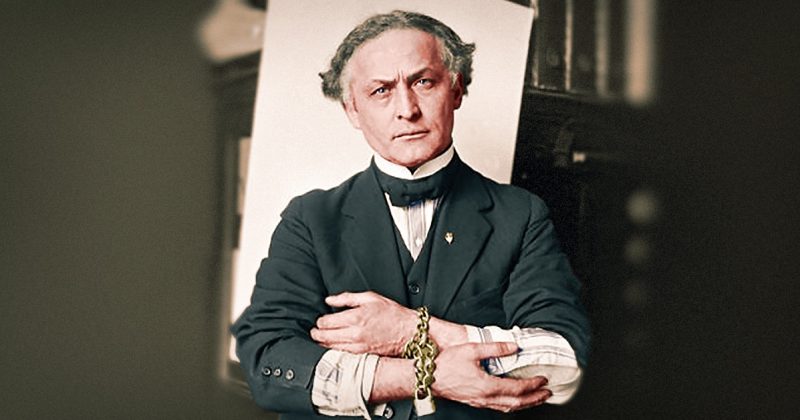Harry Houdini is remembered all over the world as the ultimate escape artist. He mesmerized crowds of adoring fans by performing seemingly impossible feats, including escaping from an underwater prison while bound in metal chains, and even making a fully-grown elephant disappear on stage in front of thousands of people.
However, few of Houdini’s modern fans know about his patriotic activities during World War One, when his escape artist skills were put to good use training soldiers to prepare for life-threatening scenarios in the battlefield.
According to Wild About Houdini, the daredevil performer made a significant, and often unacknowledged contribution to the war effort in the United States.
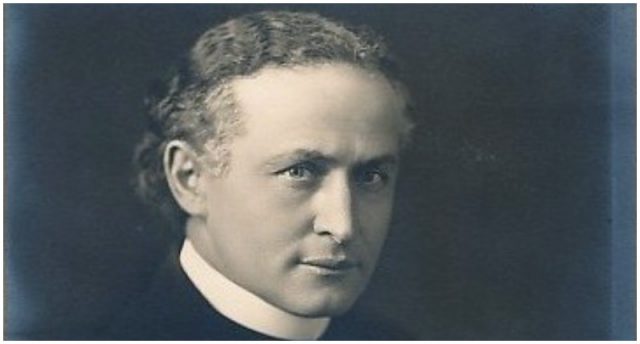
Houdini was born Erik Weisz (the spelling was changed to Ehrich Weiss on his registration in the U.S.) in Budapest in 1874. His family made the journey to the United States in 1878 and settled in Appleton, Wisconsin, where his father served as a rabbi to the local Jewish community.
The young Ehrich developed a keen interest in magicians, and began to pursue a career as an illusionist and escape artist. He adopted the stage name of Harry Houdini, in homage to the French magician Jean Eugène Robert-Houdin.
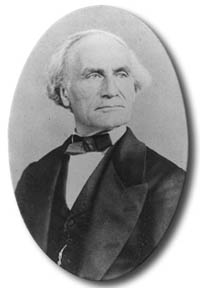
At first, Houdini’s career was slow to take off, but by 1900 he was touring Europe performing his popular escape act. He would challenge local police and officials to lock him up and put him in restraints, but no one could contain him for long. He became known as the “handcuff king”, due to his ability to free himself of his shackles in record time.
Houdini returned to America to great acclaim and began to develop his act, performing increasingly daring stunts. In one of his more famous spectacles, known as the Chinese Water Torture Cell, he was suspended upside-down in a glass tank filled with water, holding his breath as he freed himself from his chains.
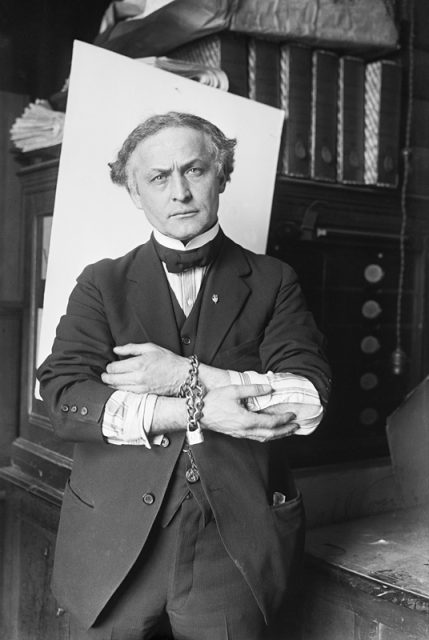
Houdini built a varied and successful career, and his acts enjoyed huge popularity both at home and abroad. However, when the United States joined the World War One in 1917, he took a break from his career and threw himself into helping with the war effort.
Houdini was passionately devoted to his adopted country, and fully supported the government in the war. He is quoted by biographer William Kalush in The Secret Life of Houdini: The Making of America’s First Superhero as saying, “My heart is in this work, for it is not a question of ‘Will we win’ or ‘Will we lose.’ We must win, and that is all there is to it.”
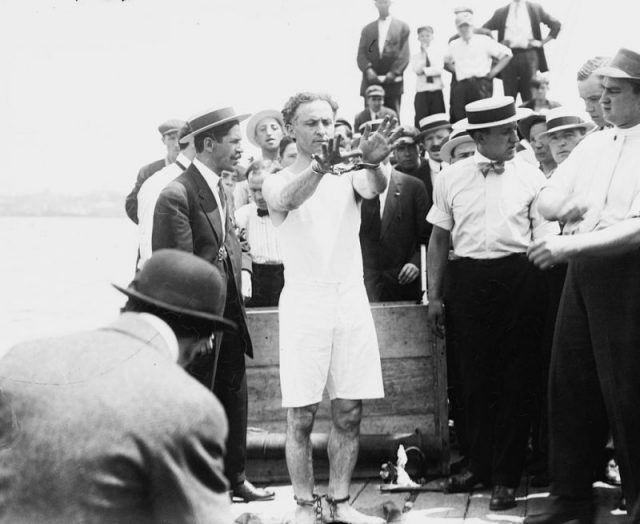
Houdini soon realized that he could put his own unique skills to work in support of the war effort. He began to give training courses to American soldiers who were preparing to ship out to the Western Front, and taught them how to cope in stressful and life-threatening situations.
Houdini taught the soldiers how to survive on a sinking vessel, drawing on his own experience of extricating himself from chains underwater. He also taught the soldiers ways to escape from ropes, chains and even German handcuffs.
Houdini’s classes were so successful that it soon became his full time occupation. For over a year, he travelled around the country from training camp to training camp, sharing his knowledge and motivating the troops that were about to head off to war.
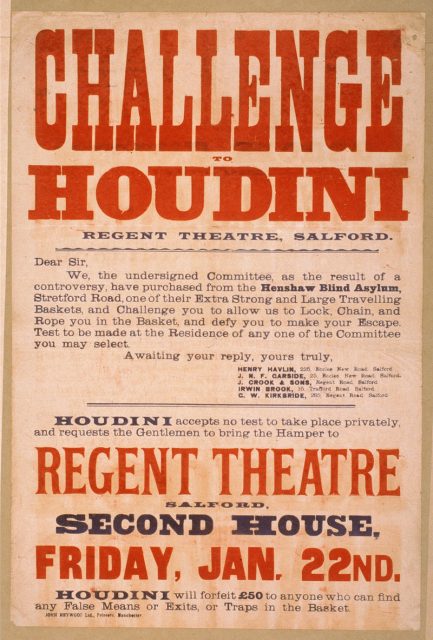
In an interview for NPR News, Kalush reveals that Houdini had been working as an undercover agent for both the American and British governments for some time before war broke out — at least as early as 1908. Kalush recounts that Houdini was recruited as a secret agent by William Melville, the man “in charge of foreign intelligence for Great Britain” after impressing Melville with his escape skills.
In addition to giving courses, he also put on shows exclusively for the soldiers and their families, and became involved in fundraising activities.
He proved to be extremely adept at selling war bonds, a scheme devised by the government to raise funds for the war. During one show, a man in the audience offered to buy $1000 worth of war bonds if Houdini could extricate himself from his shirt in less than 30 seconds. Houdini did so successfully, and then sold his shirt to the man for a further $1000 of war bonds.
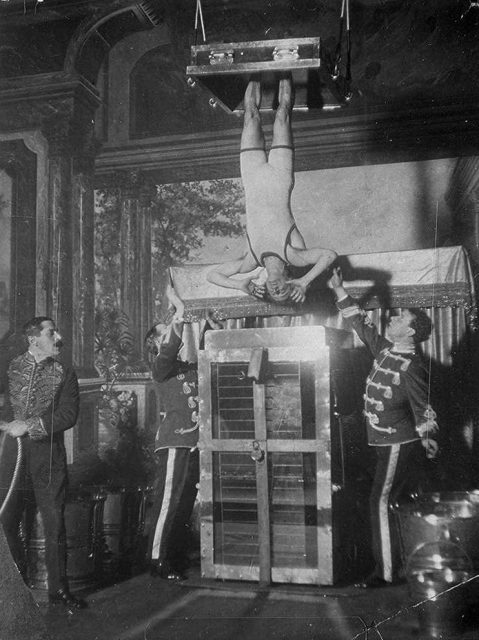
Houdini offered his time and money for free in order to support the soldiers and the government in the war effort. In total, he raised over $1 million in war bonds, and sacrificed an estimated $50,000 in lost earnings by removing himself from the tour circuit for a whole year.
While Houdini may be remembered today as the ultimate escape artist, his contribution to the war effort is an important and oft-forgotten part of his legacy.
